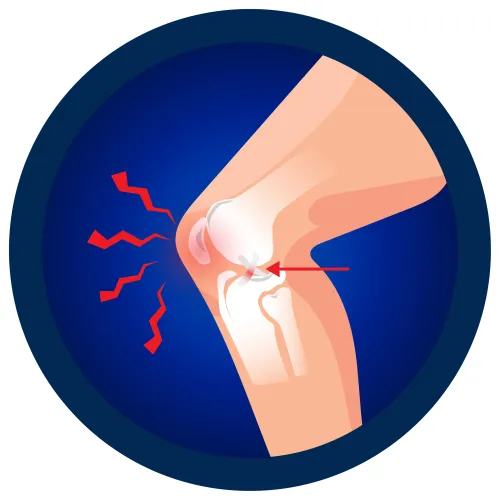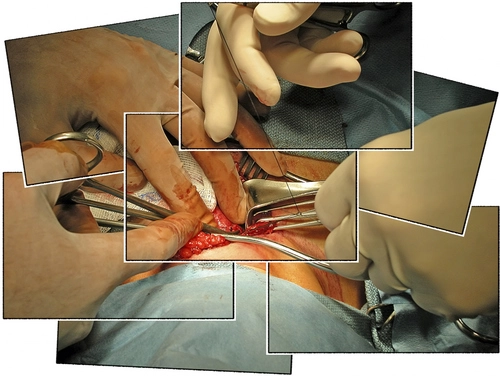Test Your Cancer Dx Coding Skills With 2 Tricky Examples

See how NCD guidelines can influence your code selection. When working on a nuanced surgical or imaging service involving a malignancy, the ICD-10 code is often the least of your concerns. But that doesn’t mean that you won’t come across some head-scratching diagnostic scenarios every once in a while. Today, you’ll go up against two clinical encounters that require more than just the ICD-10-CM index to get right. As you’ll see, you’ll have to gather intel from some unlikely places in order to maximize your chances of success. Be the best coder you can be by giving these two challenging diagnostic scenarios a try. Use All Coding Resources to Your Advantage Diagnosis: Pancreaticobiliary Cancer The first point you’ll want to address is the behavior of the neoplasm. Despite the fact that the diagnosis does not document “benign” versus “malignant” behavior, the reference of “cancer” tells you all you need to know. Cancer, by definition, cannot be benign, so you know you are going to be coding a malignant neoplasm. Next, you’re going to address the anatomic locations outlined in the diagnosis. In some instances, the Table of Neoplasms allows for one code to represent overlapping malignant sites. In other instances, you’ve got to report each separately. The documented diagnosis identifies a malignant neoplasm of two sites — the pancreas and the biliary tract (or system). The term biliary, according to Dorland’s Illustrated Medical Dictionary, pertains to “the bile, bile ducts, or gallbladder.” While you may be able to infer that pancreatobiliary cancer is most like a malignant neoplasm of the pancreas that overlaps on to the connecting portion of the bile duct, you cannot make that assumption as a coder. Instead, your only option is to report two separate diagnosis codes since the term “Pancreatobiliary” does not exist within the ICD-10-CM Table of Neoplasms. For a malignant neoplasm of the pancreas, you will report C25.9 (Malignant neoplasm of pancreas, unspecified). You should not consider C25.8 (Malignant neoplasm of overlapping sites of pancreas) as this is reserved for two separate malignant neoplasms overlapping within the four main parts of the pancreas. A malignant neoplasm of the biliary tract will require an even less specific code. Within the Table of Neoplasms, you’ll find the keyword “bile or biliary (tract).” After concluding that no eligible indented subterm exists underneath “bile or biliary (tract),” you’ll report C24.9 (Malignant neoplasm of biliary tract, unspecified) as your second and final diagnosis. Don’t Discount the Power of the NCD Diagnosis: Positron emission tomography (PET) scan performed for cancer surveillance. Patient is not actively being treated for lung malignancy. When presented with a cancer surveillance diagnosis such as this, most of the confusion lies with whether a coder should report the neoplasm as current or historical. Fortunately, ICD-10-CM lays out clear guidelines — and they have to do with whether the patient is being actively treated: You now know you’re definitively coding a “history of” diagnosis alongside a surveillance diagnosis. The next step in the equation is determining how to convert the “surveillance” portion of the diagnosis into the correct diagnosis code. On the surface, you might feel inclined to consider a screening code given the context of the PET scan. However, you should not consider Z12.2 (Encounter for screening for malignant neoplasm of respiratory organs). That’s because, as Sheri Poe Bernard, CPC, of Poe Bernard Consulting in Salt Lake City explains, there’s a more complete code to document this encounter. “The correct code for this diagnostic encounter is Z08 [Encounter for follow-up examination after completed treatment for malignant neoplasm]. You may also report Z85.118 [Personal history of other malignant neoplasm of bronchus and lung] as a secondary diagnosis,” Bernard advises. That’s not the end of your coding considerations, though. In fact, there’s an often-overlooked guideline that you’ll need to take into account when coding for a service involving a PET scan. In November of 2018, The Centers for Medicare & Medicaid Services (CMS) issued a Change Request to NCD 220.6.17 Positron Emission Tomography (PET) for Oncologic Conditions. This Change Request includes numerous ICD-10-CM code additions and deletions to the NCD (National Coverage Determination), but you’ll find the following note of most relevance to this example: This means that within the context of this example, you should be reporting an active lung malignancy code alongside Z08 and Z85.118. Without any further specification as to the site of the lung malignancy, you will report C34.90 (Malignant neoplasm of unspecified part of unspecified bronchus or lung). Keep in mind that Z08 should remain the principal diagnosis.




